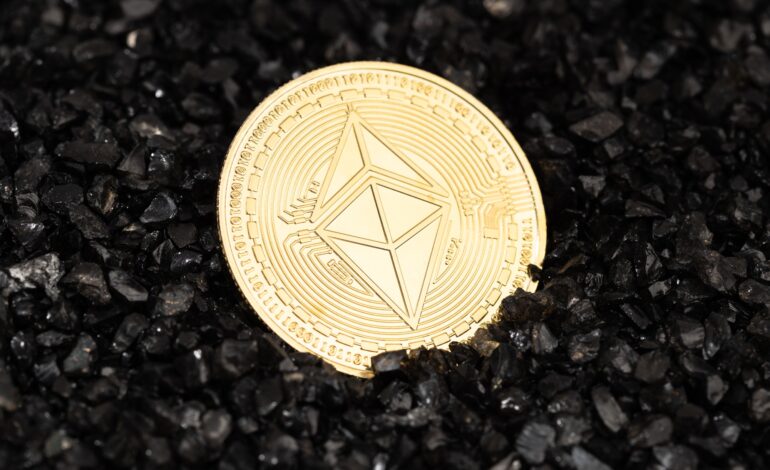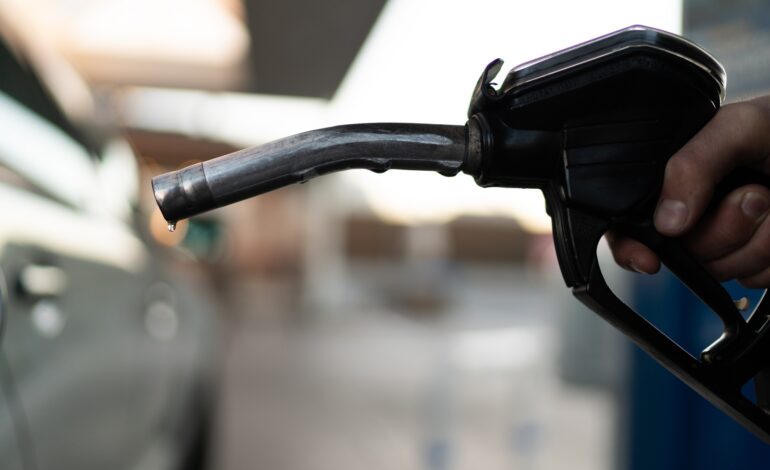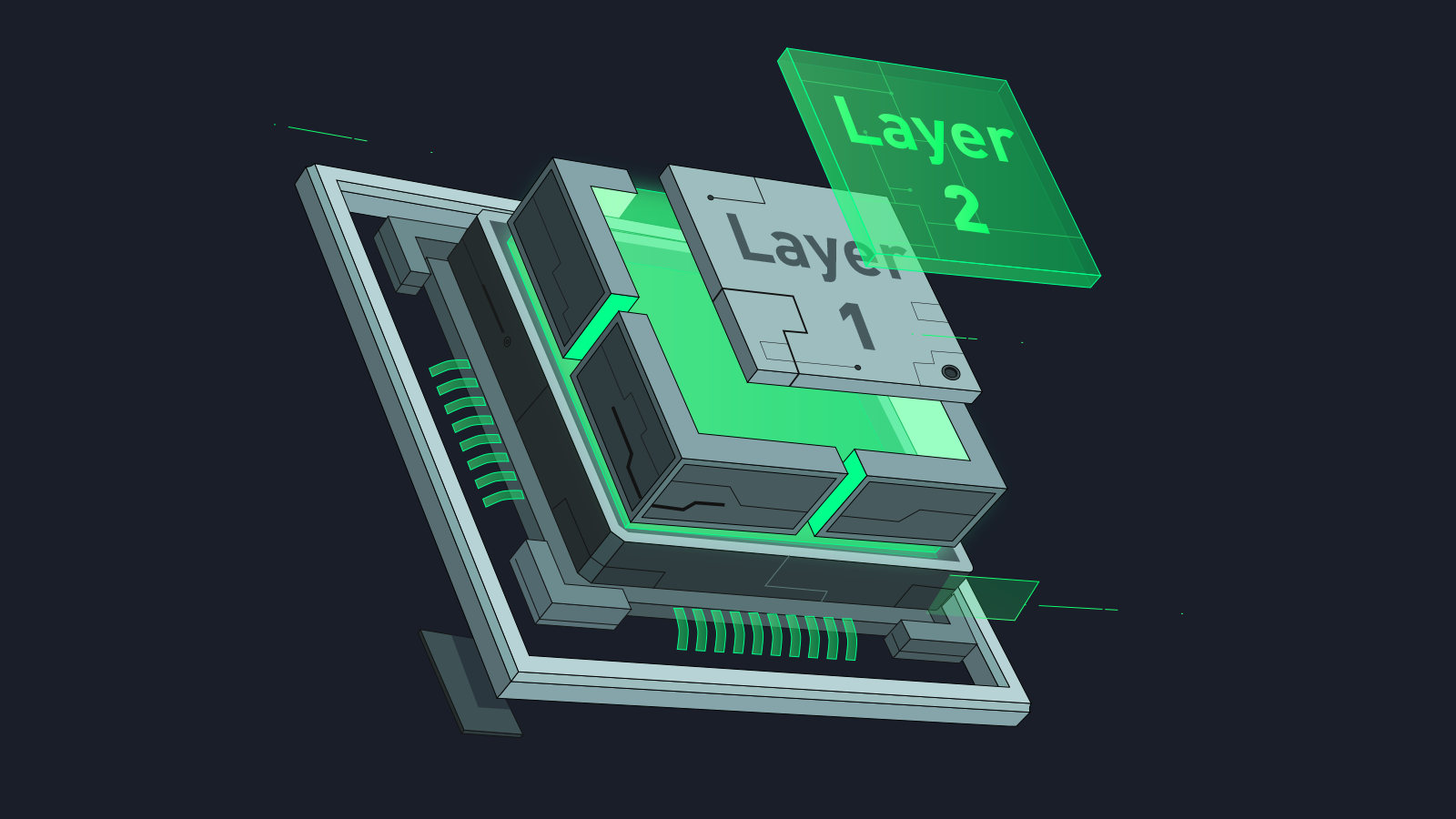ERC-20 Tokens

If you’ve spent any time in the world of cryptocurrencies, chances are you’ve come across the term ERC-20. But what exactly is it, and why is it important? In simple terms, ERC-20 is a technical standard for creating tokens on the Ethereum blockchain. Just like how every car has to follow certain safety standards to drive on public roads, ERC-20 is a set of rules that developers must follow to launch tokens on Ethereum.
These tokens are widely used for everything from DeFi (Decentralized Finance) applications to fundraising through Initial Coin Offerings (ICOs). Understanding ERC-20 tokens is essential because they form the foundation for many of the popular cryptocurrencies you hear about, like Tether (USDT) or Chainlink (LINK).
What Does “ERC-20” Stand For?
- ERC: It stands for Ethereum Request for Comments.
- 20: This is simply the unique number assigned to the proposal when it was introduced.
In other words, ERC-20 is a proposal that defines how new tokens should behave on the Ethereum blockchain so that they can be compatible with other tokens, wallets, and exchanges.
How Do ERC-20 Tokens Work?
When developers create a token that follows the ERC-20 standard, they are essentially following a checklist of functions and rules that make the token work properly across the Ethereum network. Let’s break this down with an analogy: Imagine launching a currency like the U.S. dollar. To make sure it’s useful, all banks, ATMs, and payment systems must accept it. ERC-20 makes sure that any token created works smoothly across wallets, decentralized apps (DApps), and exchanges.
These rules include things like:
- How many tokens can exist (Total Supply).
- How tokens are transferred from one person to another.
- How wallets keep track of your balance.
Core Functions of ERC-20 Tokens
Here are the key functions every ERC-20 token must have, along with a simple explanation:
- Total Supply:
- This function sets the maximum number of tokens that will ever exist.
- Balance Of:
- This function checks how many tokens a user owns at a given address.
- Transfer:
- This function allows users to send tokens to another wallet.
- Approve:
- This function allows a third-party (like a DApp) to spend tokens on your behalf (useful in DeFi apps).
- Allowance:
- It checks how many tokens a third-party is allowed to spend from your wallet.
- Transfer From:
- This allows a smart contract to transfer tokens on your behalf, using the allowance set by the
Approvefunction.
- This allows a smart contract to transfer tokens on your behalf, using the allowance set by the
These functions ensure that all ERC-20 tokens behave in a predictable way, making it easier for developers to build apps and tools that work with all ERC-20 tokens.
Why Are ERC-20 Tokens Important?
- Interoperability:
- Since ERC-20 tokens follow the same standard, they can be easily used on any platform that supports Ethereum. This means they can work seamlessly with wallets, exchanges, and decentralized apps.
- Fundraising with ICOs:
- ERC-20 tokens became famous during the ICO boom of 2017, where companies raised funds by issuing their own ERC-20 tokens to investors. These tokens represented everything from ownership stakes to access to services.
- Ease of Development:
- Developers don’t have to build tokens from scratch. Using ERC-20, they can create a new token quickly and focus on the features that make it unique.
- Liquidity:
- Many ERC-20 tokens are listed on popular exchanges, providing high liquidity to users who want to buy, sell, or trade them.
Popular Examples of ERC-20 Tokens
- Tether (USDT): A stablecoin pegged to the U.S. dollar, widely used for trading and payments.
- Chainlink (LINK): A decentralized oracle network that connects smart contracts to real-world data.
- Uniswap (UNI): A governance token for one of the largest decentralized exchanges.
- Maker (MKR): A governance token for the MakerDAO platform, which manages the DAI stablecoin.
These tokens are just a few of the thousands of ERC-20 tokens in circulation today, each serving different purposes within the blockchain ecosystem.
The Challenges of ERC-20 Tokens
- High Gas Fees:
- Transactions on Ethereum, including sending ERC-20 tokens, can be expensive due to network congestion and high gas fees.
- Lack of Flexibility:
- ERC-20 tokens can only transfer whole numbers, not fractional units, in some cases. This can limit their usability in certain applications.
- Security Risks:
- If the smart contract behind an ERC-20 token has bugs or vulnerabilities, it can be exploited by hackers.
How to Use ERC-20 Tokens
- Create a Wallet:
- You’ll need an Ethereum-compatible wallet like MetaMask, Trust Wallet, or MyEtherWallet to store and manage ERC-20 tokens.
- Buying Tokens:
- ERC-20 tokens can be bought on popular exchanges like Binance, Coinbase, or decentralized exchanges like Uniswap.
- Sending Tokens:
- You can send ERC-20 tokens from your wallet to another by paying gas fees in Ether (ETH).
- Using in DApps:
- ERC-20 tokens are widely used in DeFi protocols like Aave, Compound, and Uniswap, allowing users to lend, borrow, or trade them.
Future of ERC-20 Tokens
While ERC-20 tokens remain the most widely used token standard on Ethereum, new standards like ERC-721 (for NFTs) and ERC-1155 (multi-token standard) are gaining popularity. Ethereum’s transition to Ethereum 2.0 and Layer 2 solutions like Polygon aim to reduce gas fees and improve scalability, making ERC-20 tokens more efficient and user-friendly in the future.







1 Comment
I will right away grab your rss as I can’t to find your email subscription hyperlink or e-newsletter service. Do you have any? Kindly allow me recognize in order that I may just subscribe. Thanks.